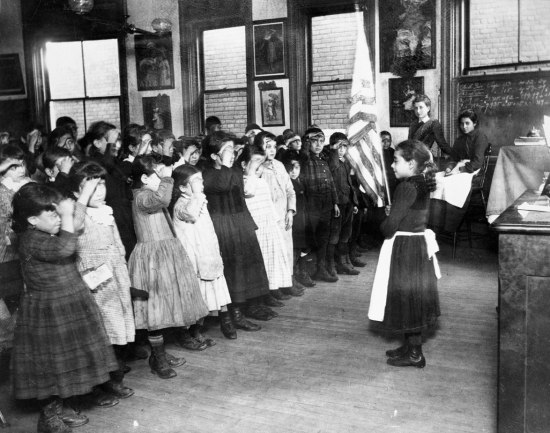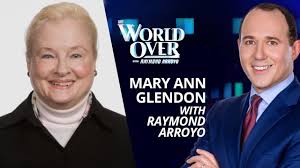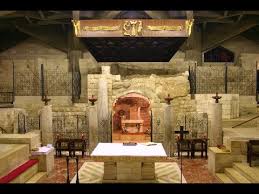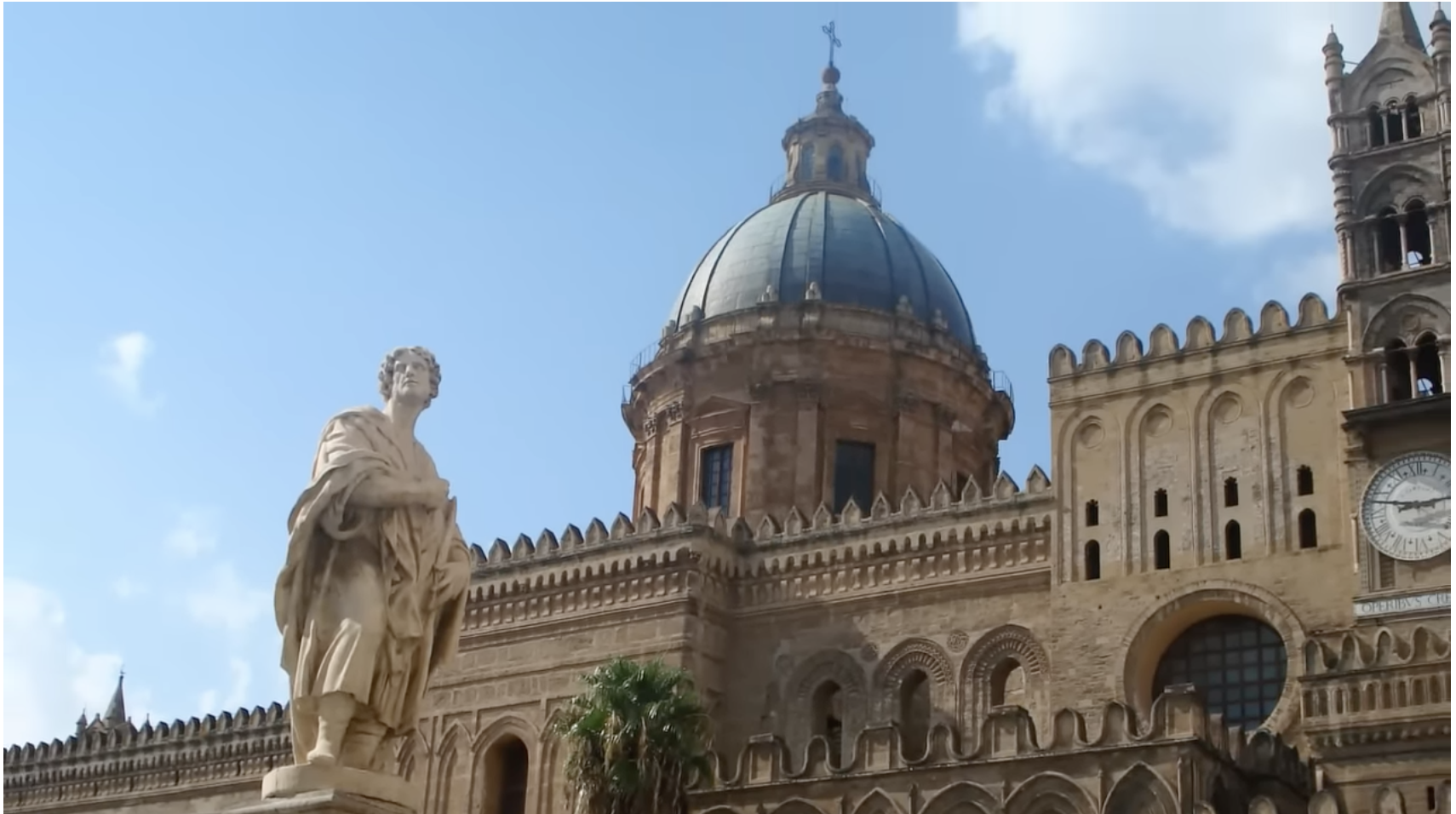Let us resolve to banish the phrase “Catholic ghetto” from our language forever. Or, if we do use it, let us use it precisely in the sense of Fr. John Tracy Ellis.
Arguably, “Ghetto” should never have been turned into a metaphor at all. It began in the 16th century as the proper name of the district in Venice where Jewish people were forced to live, walled-off and under the watch of armed guards. For 300 years it was only applied, by extension, to similar Jewish districts in European cities. In the 20th century, the Nazis created new ghettoes during their short-lived Reich. How appropriate, then, if the name had remained forever affixed to such censurable practices, discarded once the Jewish Ghetto was abolished! “Ghetto” then might have joined “Pogrom” and “Race Law” in a linguistic museum of anti-Semitism.
Or, we might say, if it were allowed a metaphorical use, the Jewish people should have possessed it by right. Well, in fact, the first metaphorical use of the term was in an 1892 bestseller by Israel Zangwill, Children of the Ghetto, about the immigrant Jewish community of London. These people were not forced by law into anything. Rather, the Ghetto in which they lived, Zangwill says, was “of voluntary formation”:
People who have been living in a Ghetto for a couple of centuries, are not able to step outside merely because the gates are thrown down nor to efface the brands on their souls by putting off the yellow badges. The isolation imposed from without will have come to seem the law of their being.
Catholic immigrants to the United States in the 19th century were not children of any Ghetto. Admittedly they sometimes faced Know Nothing hostility and the contempt of successful Protestants. But they lived together in poorer Italian, Irish, or French-Canadian neighborhoods, because when they arrived that was all they could afford. They spoke little English, or spoke it poorly, and wanted to be able to communicate easily with their neighbors. And they could get on their feet more quickly if they lived alongside relatives and friends from the old country. It would have smacked of over-wrought self-pity if they had called their neighborhoods “ghettoes,” and it seems that they never did.

Rather, the phrase “Catholic ghetto” became common much later, in the 1950s. For the phrase to appear to have any sense at all, two further steps were necessary. First, it became common to call African-American neighborhoods “ghettoes.” This was a reasonable enough metaphor, given historic segregation and prejudice. Yet there was an unfortunate upshot: because the broad metaphorical meaning depends on Zangwill’s idea that a ghetto is “of voluntary formation,” to call a slum a “ghetto” is to imply as well that those within are responsible for staying there.
Next, American Catholic intellectuals began to call Catholic universities “ghettoes,” by associating them with the old immigrant neighborhoods. They did this in better and worse ways. Perhaps the best was a seminal essay in 1955 by Fr. John Tracy Ellis, “American Catholics and the Intellectual Life.”
American Catholics, he says, “have suffered from the timidity that characterizes minority groups, from the effects of a ghetto they have themselves fostered and, too, from a sense of inferiority induced by their consciousness of the inadequacy of Catholic scholarship.” Anti-Catholicism is real, but it is not to blame: “The chief blame, I firmly believe, lies with Catholics themselves. It lies in their frequently self-imposed ghetto mentality, which prevents them from mingling as they should with their non-Catholic colleagues, and in their lack of industry and the habits of work.”
The Land O’ Lakes Agreement received much attention last year on its 50th anniversary, but Ellis’ seminal essay, which set off a famous debate on “the state of Catholic intellectual life,” deserves the greater attention, if we believe that something went wrong, and we want to diagnose why.
Ellis traces the “ghetto mentality” back to the Church’s necessary concern with immigrants: “We do not need to be told what the immigrant status implied by way of poverty, hardship, yes, and even illiteracy . . . we can easily understand how impossible it was for our ancestors to produce anything approaching a thriving intellectual life.” There is an undeniable elitism in Ellis’ essay. Nonetheless, he seems to write about these immigrants in the manner of an historian. Catholic colleges and universities, as a matter of fact, were founded originally to serve these groups. Hence, again, as a matter of fact, they likewise developed a mentality of separation.
We might think that Ellis’ solution would be for Catholics – universities and well as individuals – to reject their immigrant sub-cultures and assimilate into mainstream American culture. Yet he clearly does not mean this.
In some central paragraphs, this becomes clear, where he charges Catholic universities with “a betrayal of that which is peculiarly their own”:
Woefully, lacking in the endowment, training, and equipment to make them successful competitors of the secular universities . . . the subjects in which they could, and should, make a unique contribution were sorely neglected.
Ellis says that Catholic institutions have instead been “engrossed in their mad pursuit of every passing fancy that crossed the American educational scene, and [have] found relatively little time for distinguished contributions to scholastic philosophy.” He approvingly cites the great president of the University of Chicago, Robert Maynard Hutchins, who reproached Catholic universities for not taking advantage of their claim to “the longest intellectual tradition of any institution in the contemporary world.”
So here is the important idea from Ellis. If we use the phrase “Catholic ghetto” at all, we should use it for simply, and nothing other than, the free choice to remain separate from non-Catholics – presumably, when doing so would be better for us and for them. “To leave the Catholic ghetto” does not mean an imperative to assimilate or imitate. Most importantly, it cannot involve a betrayal of “what is distinctively our own,” but must imply a greater attention to cultivating it.
*Image: Immigrant children (c. 1890) recite the Pledge of Allegiance at the Mott Street Industrial School in New York City. The photo was taken by Jacob Riis. [Library of Congress]














